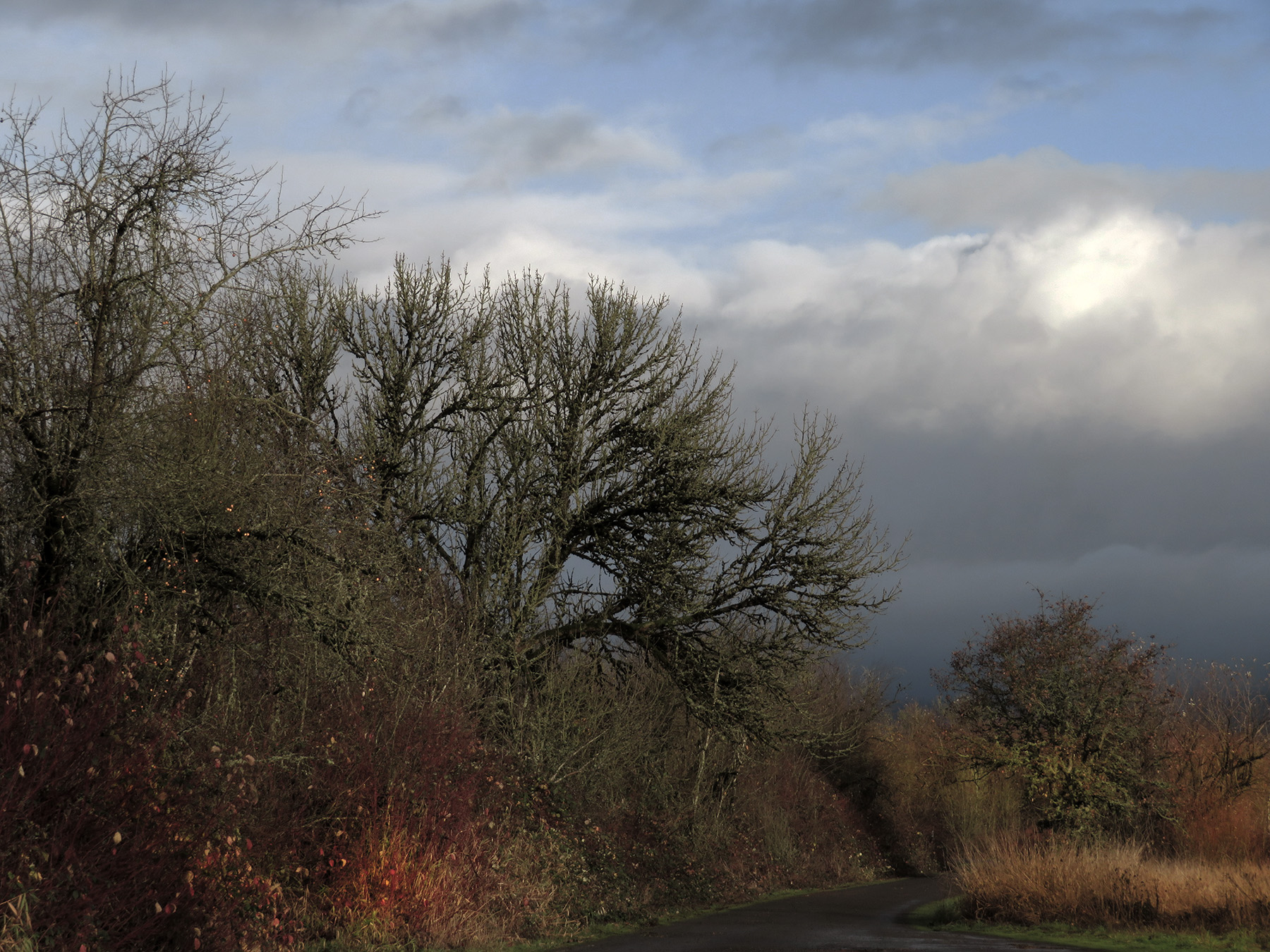The Wild Swans at Coole
The trees are in their autumn beauty,
The woodland paths are dry,
Under the October twilight the water
Mirrors a still sky;
Upon the brimming water among the stones
Are nine-and-fifty swans.


The nineteenth autumn has come upon me
Since I first made my count;
I saw, before I had well finished,
All suddenly mount
And scatter wheeling in great broken rings
Upon their clamorous wings.

I have looked upon those brilliant creatures,
And now my heart is sore.
All’s changed since I, hearing at twilight,
The first time on this shore,
The bell-beat of their wings above my head,
Trod with a lighter tread.


Unwearied still, lover by lover,
They paddle in the cold
Companionable streams or climb the air;
Their hearts have not grown old;
Passion or conquest, wander where they will,
Attend upon them still.

But now they drift on the still water,
Mysterious, beautiful;
Among what rushes will they build,
By what lake’s edge or pool
Delight men’s eyes when I awake some day
To find they have flown away?

Don’t sweat the details. Trees displayed late, not early autumn beauty. The paths were muddy, not dry. It was December daylight, not October twilight, and there were surely fewer than 59 swans. A number, I am told that signified something other than reality in any case in the poem, since swans do not congregate in such large flocks and if they did you couldn’t count them…


Other than that, I thought Yeats perfectly captured the experience during my current jaunts. There is the splendor of late autumn, caught in all the rusts and russets, garnet, oranges and gingers I’ve been walking amongst.




I know I sound like a broken record, but for me something that transcends the particulars of a given time and/or historical setting, is necessary if not sufficient to make it art. I don’t know the particulars of the Irish turmoil and rebellion in 1916 that literary critics link to the poem, as they do to Yeat’s personal misery as a refused lover, who feared to be cut off from happiness in his approaching twilight years. And I don’t need to know them.


The description of someone seeing time pass by and fearing changes that are not kind, stand on their own, an experience known to all of humanity. The fact of nature’s beauty existing independently from us is timeless – and could be read as a reminder not to take ourselves too serious after all, but be grateful for the lovely cyclic permanence around us. Then again, the juxtaposition of nature, beautiful in each of its stages, but also guaranteed a renewal after each season, and our own linear progression towards a winter without spring, is rather depressing, don’t you think? The words resonate.
Quick, the reliable sharpness of Margaret Atwood to the rescue:

Hm, pull back a bit from exhortation and despair, and come to your own conclusions about a poem written over a century ago, which provided an experiential understanding if not of human impact, then of human frailty.
Not a great help, either….. but maybe I am indeed coming to the wrong conclusions.
(Poem from Atwood’s new collection: Dearly.)

Here are two different versions of the poem set to music.
Photographs were taken in the last 5 days, at Oaks Bottom, 1000 Acres and at the Ankeny Wildlife Blind.







Steve T.
Thanks again, Friderike. Your missives always strike me deeply. I know I am in my private denouement, and I feel the end approaching. It is not a bad thing, this, I am able to give a bit to those younger, but I do despair re how humanity repeats a certain madness.